
Backyard landscaping can absolutely transform your outdoor space, no matter how compact it is, taking grotty to gorgeous and fussy to fabulously functional.
Knowing where to start when planning a backyard makeover can feel underwhelming so our expert guide covers 13 tips for a landscaped outdoor space you can enjoy year-round, including planning, plants and material tips for success.
Our guide to making your small backyard ideas a reality is just the ticket to bring your dreamy garden ideas to life without breaking the bank.
Smart tips to backyard landscaping success
How much you budget for your backyard landscaping costs will largely be dictated by the size of your project, materials, features, and the time frame you wish to do it in.
As well as tips for the actual planning of your garden makeover, our pros will share useful industry ideas for staying on budget and reducing spend wherever possible. Where our experts have recommended products, we have matched highly-rated products from trusted retailers.
All prices were correct at time of publication.
1. How to save money when backyard landscaping
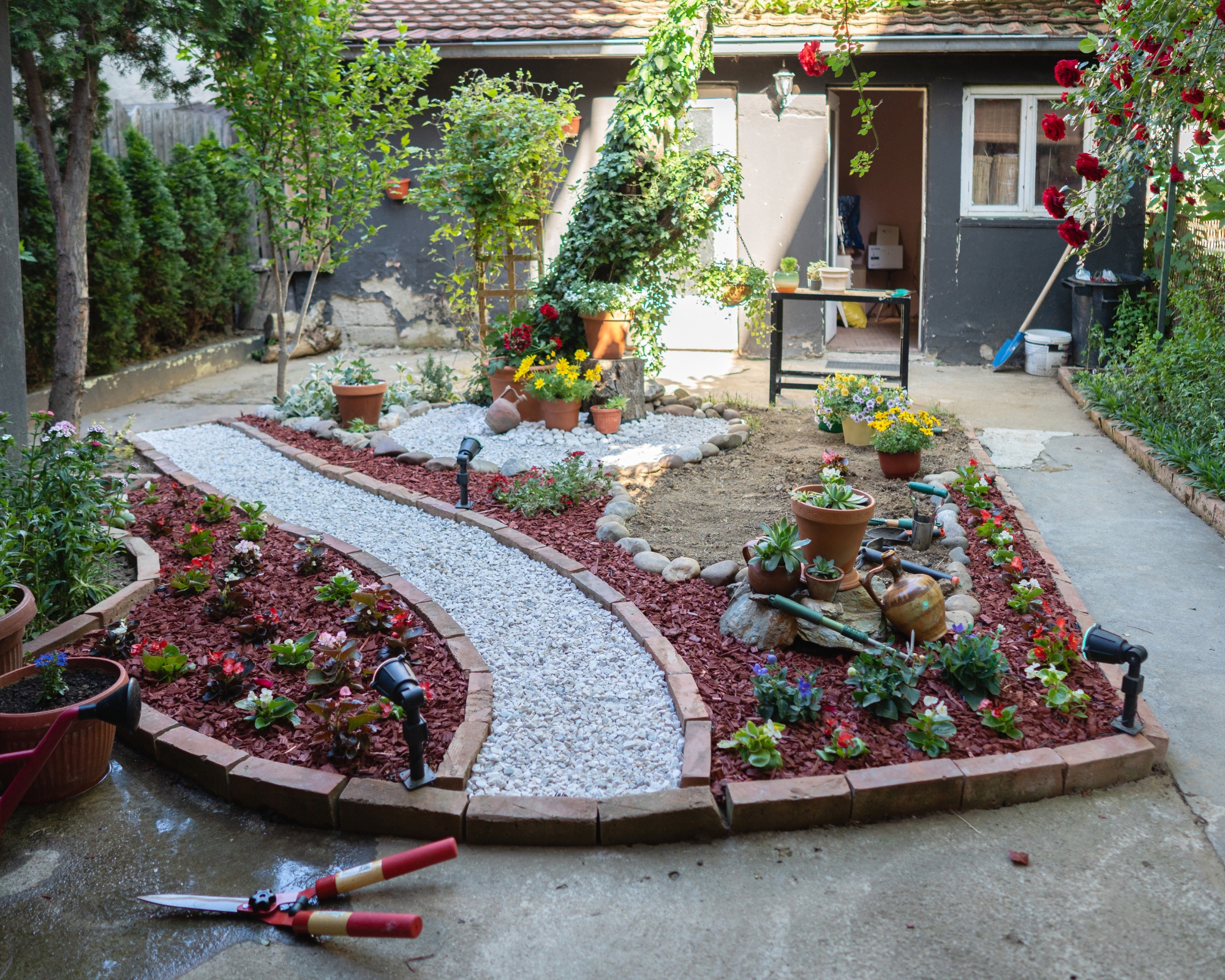
What you choose to plant in your backyard will impact your budget and planning. Jeremy Yamaguchi, CEO of Lawn Lovesays, "To simultaneously create a garden that will actually thrive and save your budget, choose plants that are native to your area."
Non-native plants will be more expensive, and will often require much more water and attention — and that's if they manage to stay alive in a region — so check the gardening zone you're in to get started.
Jeremy adds, "You’ll also want to pay attention to where your garden is going to be located and how much sun it will get. Knowing the amount of sun that plants will be getting will help you choose specific, native plants that thrive with that exact amount of sunlight."
For extra cost-saving, Jeremy advises working with your existing foundations and building out from there, making use of what you already have. You can usually negotiate good prices direct from the supplier or manufacturer too, depending on the quantity you'll be ordering so always check with them.
Work in phases to prevent being overwhelmed or going over budget. Though it would be nice to blast through all your landscaping dreams in one fell swoop, sometimes slow and steady wins the race. This will also help you keep a handle on maintenance costs for your new backyard.
Lindsey Hyland, a gardening expert and founder of Urban Organic Yield adds, "Make the most of your budget with low-cost, high-impact projects, like a rock wall or cedar privacy fence. Upgrade existing structures to make them better looking and sustainable".
You can re-landscape abandoned containers, add benches, and paint, stain or decorate weathered wood to enliven it. Here are some more budget-saving tips from our pros:
- Protect your topsoil: If you have good quality topsoil, take care to keep it out of harms way, and, if you need to order more, make sure you are there to take the delivery to not ensue any further costs. Be sure to check quality when it arrives, watching out for any clay or weeds, ahead of accepting the delivery. It's easier and more cost-effective to reject topsoil, than to re-load a truck and order it again.
- Protect your plants: If you've decided to keep certain trees, shrubs and hedges, be sure to take care of them during your backyard landscaping project. Adding soil to stems or trunks that wasn't there before will compromise their health and possibly lead to root-rot.
- Choose sustainable landscaping materials: Timber and other hardwoods are not only cost-efficient, but also create a rustic and quality finish. Softwood decking may be cheaper, but it doesn’t weather as well or last nearly as long as hardwoods, such as ipe and balau.
2. Landscape gardener vs DIY
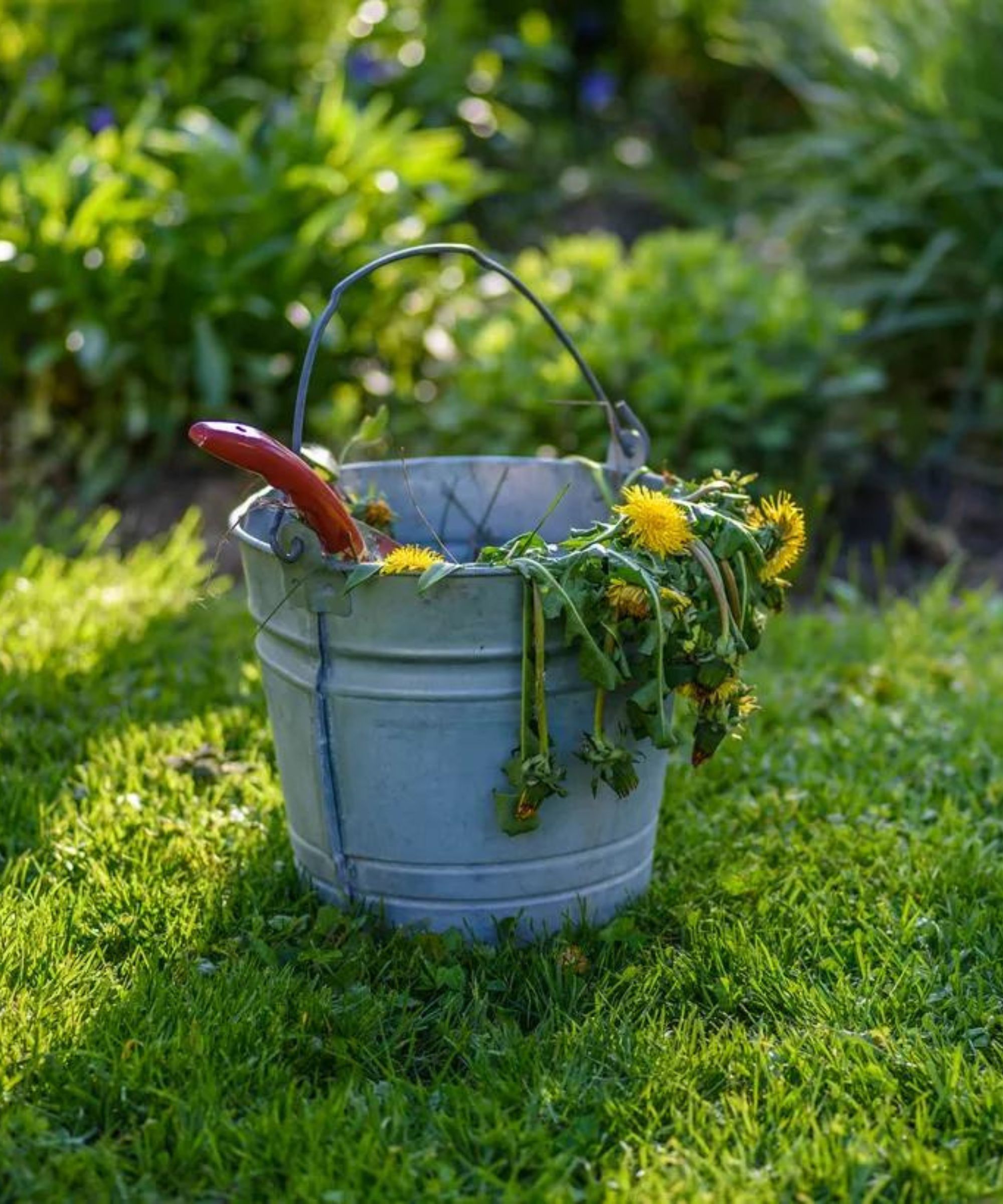
It's dreamy to have an experienced landscape designer leading the charge on your backyard makeover but they can be costly.
Deciding whether to hire a pro or take a punt and going the DIY route will come down to a few elements, including your skill, willingness to DIY, physical capability, time-frames for the project (including when your chosen designer would be available to begin) and your budget.
Whilst many aspects such as clearing and any building work can happen pretty much year round, weather permitting, some pros believe landscaping in spring is perfect for seeing the fruits of your labor (pun intended) that very first summer.
Planting, installing off-the-peg water features, adding a new gravel path or lawn, laying decking and garden fencing are within the scope of the keen amateur, however, walling, laying expensive stone pavers, concrete rendering and electrical work should be carried out by professionals for a quality, safe finish, even if you do have a small plot.
3. Assessing your site and garden design

This is a crucial step when creating your garden design and hinges on understanding the space you're working with.
A key part of the landscaping process, whether you hire a designer or do this yourself, will be looking to identify any issues you might encounter so you can focus your efforts and materials accordingly.
Spotting essential information about your current setup will save you fixing costly landscaping mistakes in the long run. When assessing your backyard and considering your backyard landscaping ideas, consider:
- Debris: Is there any trash to remove? If you need to hire a dumpster, this will add to your total costs.
- Ground condition: Will you need to level a bumpy lawn?
- Existing trees: Are they likely to obstruct walkways or get in the way of groundwork?
- Existing planting: Are there established shrubs or climbing plants you'd like to keep? Can they be potted while worked are carried out?
- Flower beds: Consider a space to plant a rotation of seasonal or perennial (ones that come back annually) bulbs that will give you colorful blooms for months.
- Existing structures or features: Decide if you want to keep or install any decks, fencing, sun rooms, water features, paver patio, edging, or paths. Built-in backyard seating is perfect for small spaces.
- Drainage: Understand the state of the space after a downpour, noting any particular areas that become waterlogged as this may need extra drainage or a change in ground material.
- Topsoil: Analyze existing soil (there are six main soil groups including clay, sandy, silty, peaty, chalky and loamy and a kit, such as the MySoil Soil Test Kit on Amazon can get you off to a good start) to figure out if you need different top soil, or to help you pick plants that will thrive in that environment.
4. Clear the site
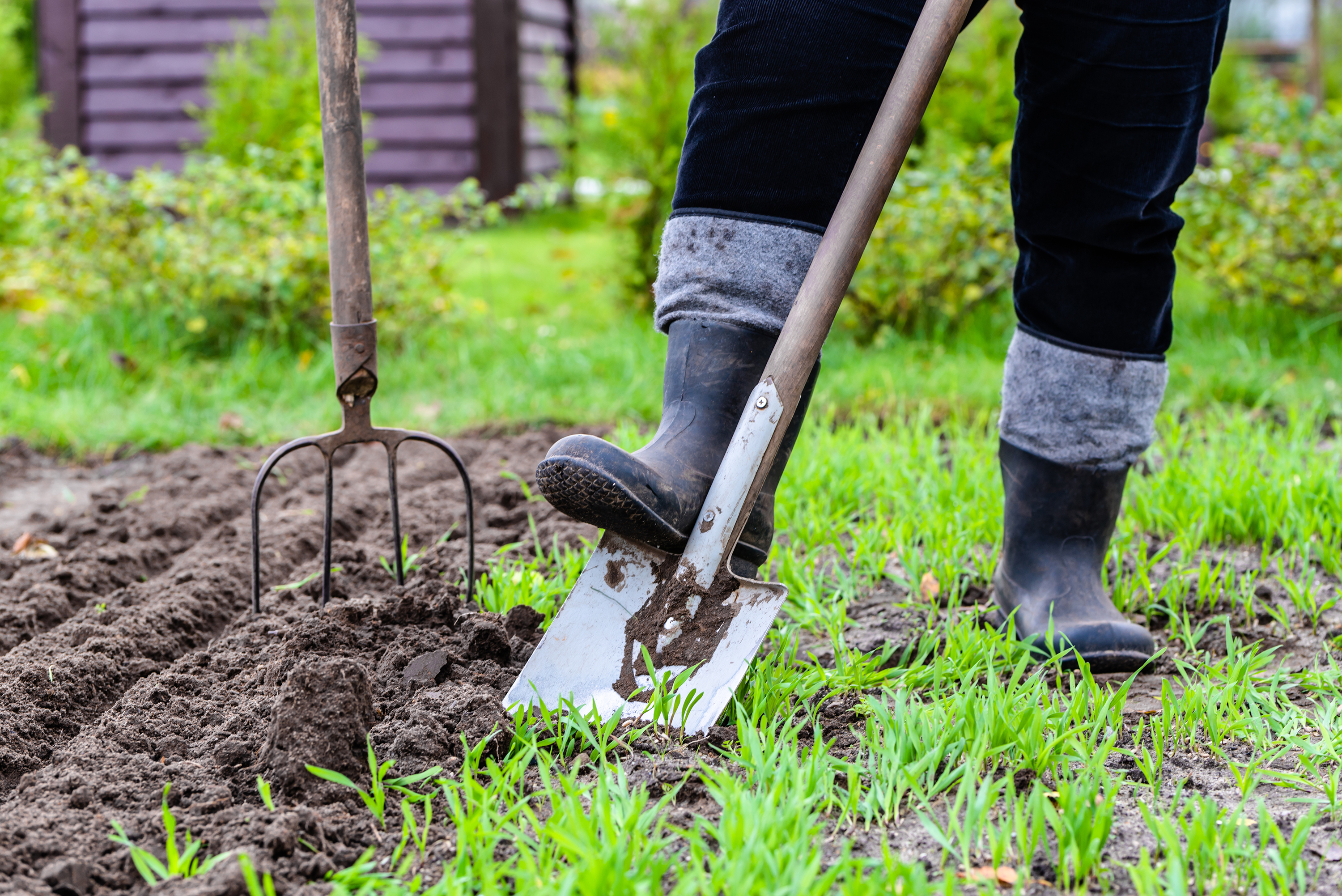
This could mean moving removing backyard junk, old furniture, stones, soil or killing weeds (you can use natural weed-killing solutions or try one of the best weed killers, as well as dealing with any overgrowth and garden waste.
Visible trash is easy to remove, but using a pick (if the soil is compacted), or a garden rake and disturbing the soil can help release any rubble to be removed below.
This can be a tough job but it's necessary, especially if you're planning for lots of planting and want to start a kitchen garden. Big chunks of rubble make it harder for plants to establish and can potentially block drainage access also.
Determine whether this will be a light job and easy to do yourself, or if you need to hire a dumpster.
5. Level the ground
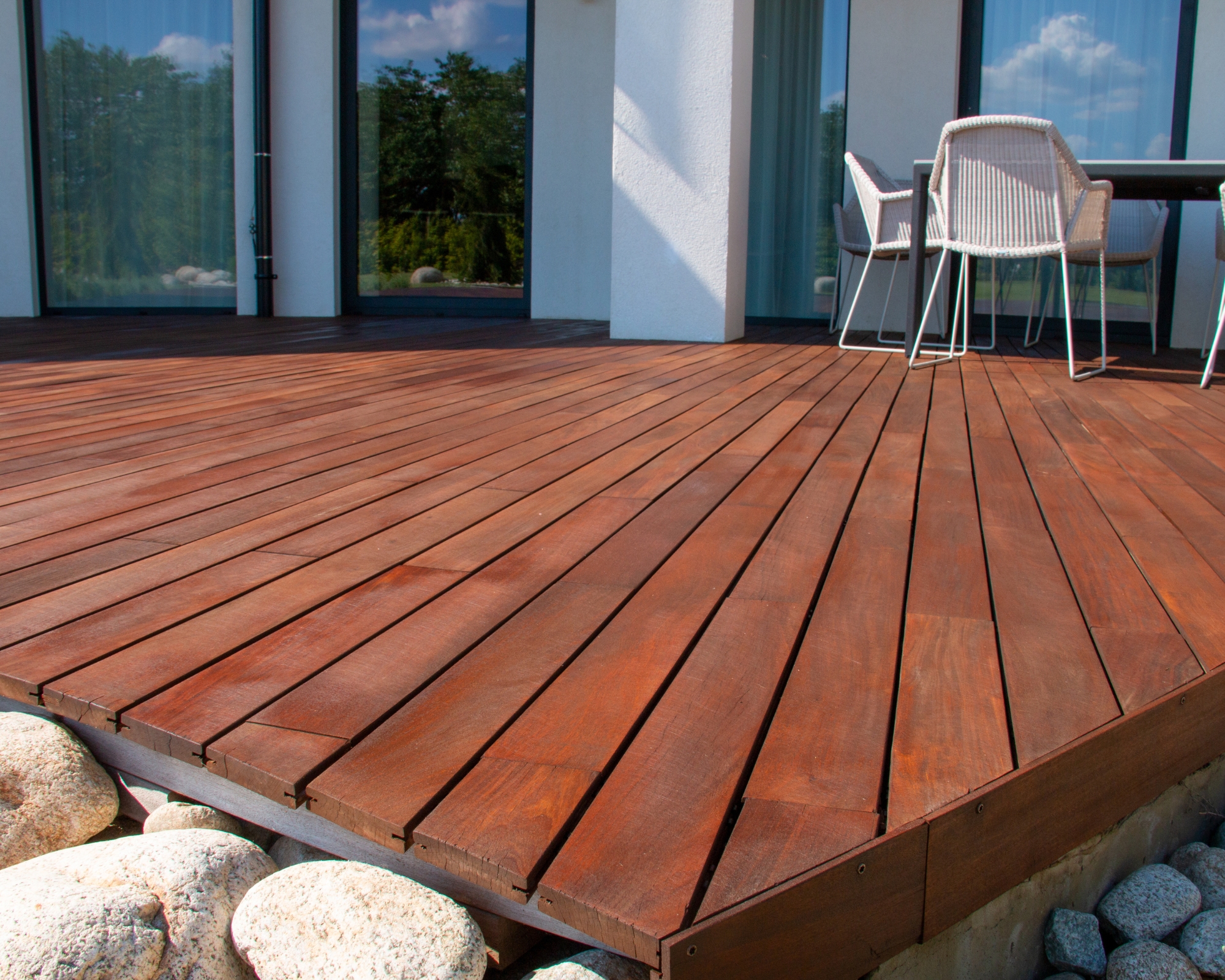
This is a vital task as without a level ground, any landscaping materials such as patio and decking can't go down.
If you have a small garden space, you may be able to level the ground yourself using a heavy-duty garden rake, such as the Walensee Stainless Steel Garden Rake from Amazon, rated 4.5/5 by shoppers and made from durable materials for heavier gardening.
Use the teeth to break up large chunks of soil, while the back can also be used to smooth the surface by running it in a forward and backward motion to evenly distribute the soil.
If you have a big space where the soil is very compacted, or if you are working with a very making the most of your sloped backyard, then you may need to consider calling in a professional, and significant excavations will be expensive.
The soil will need to be removed, retaining walls built in to stop soil washing away and a structural engineer will usually be needed too, meaning costs can add up.
A subtle change in level might be the midway stop-gap, and will help make a small backyard feel bigger. Sloped grass can become slippy and be prone to draining problems. Paver patios on varying levels will allow you to zone different areas for different purposes, which is especially good for small or sloped areas.
If you're determined to level the space professionally, you can save some money by laying the paver patio yourself.
6. Pick landscaping materials that will last
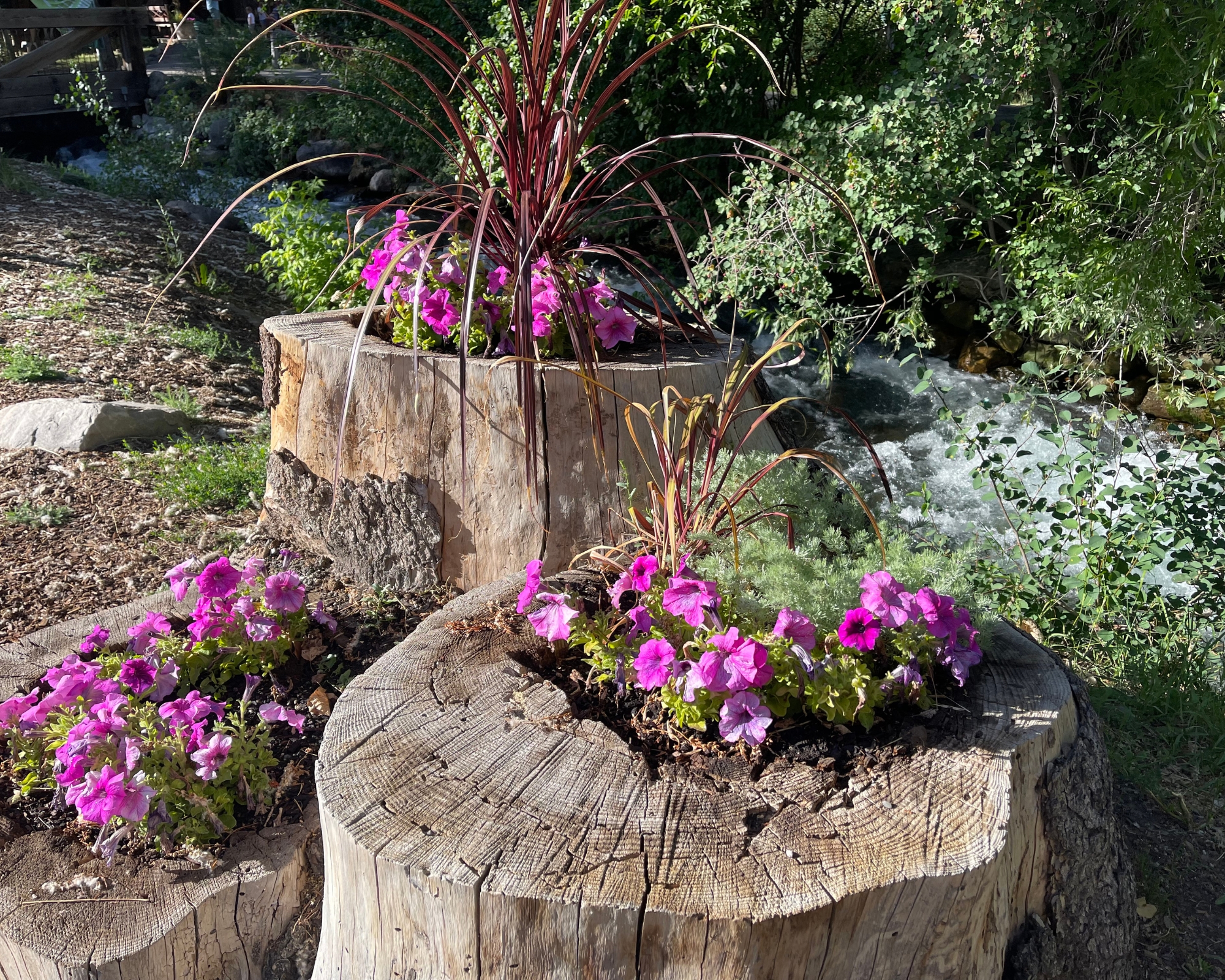
Identifying and exploring potential materials for your backyard landscaping project is one of the more enjoyable parts of designing a garden.
Sarah Jameson of Green Building Elements notes how your choice of landscaping materials can have a big effect on the overall cost of your project, so it's worth being conscious of what you're using.
She says, "Re-purposing goes a long way when it comes to landscaping with a budget. Find existing stones, wood, and plants that can be moved around instead of replacing everything altogether. When it comes to stone and wood, go to local salvage yards and warehouses to ask for excess pallets of bricks and boards for the fraction of their original price."
Landscaping projects take time, so bide yours and wait for clearance sales at plant nurseries and opt for plants that can be divided and transplanted.
Sarah adds, "Another option is to exchange plants or other materials with your neighbor for free."
Learning how to propagate hydrangeas will work beautifully if you have a friendly neighbor willing to let you take a few cuts, especially if their plant is a perennial hydrangea and will grow back every year.
While performance, durability and ease of maintenance are key with all materials used outdoors, opt for surfaces that complement your particular home and design style. If you're unsure where to start, earthy grays, deep honey browns and rustic, dull reds suit older and newer homes in equal measure.
You can make your backyard feel like an extension of your small home by carrying over some design materials or colors from the room that exits into your outdoor space.
Garden designers usually keep things simple by sticking with four materials at a maximum. Here are some options to consider in your backyard landscaping project:
- Patio paving: There are lots of options available, from expensive stone to concrete imitations, brick and granite.
- Decking: Can be a good choice where wooden flooring has also been used inside the house and is very well suited in contemporary homes. Timber, oak and even teak make for perfect decking ideas for busy backyards as they are durable and stable materials that can deal with heavy footfall. Your decking will need a good pressure wash every once in a while to keep algae and any slipperiness at bay, but it's sure to keep your garden looking fine for years to come.
- Garden gravel: This is an ideal material to use in both modern and period garden settings. It's versatile and can be used to edge a patio, create more of a themed space or you could even lay a gravel path which is a cost-effect garden path idea.
- Concrete flooring: Concrete gives you a great, contemporary finish and is a brilliant way to create uniformity between the outside and inside of your home.
- Granite sets: Can make an impact, and as they are typically used in driveway design so they will last for years to come. They make an especially good option if you're landscaping a front yard without plants.
7. Plan for wet ground and control damp
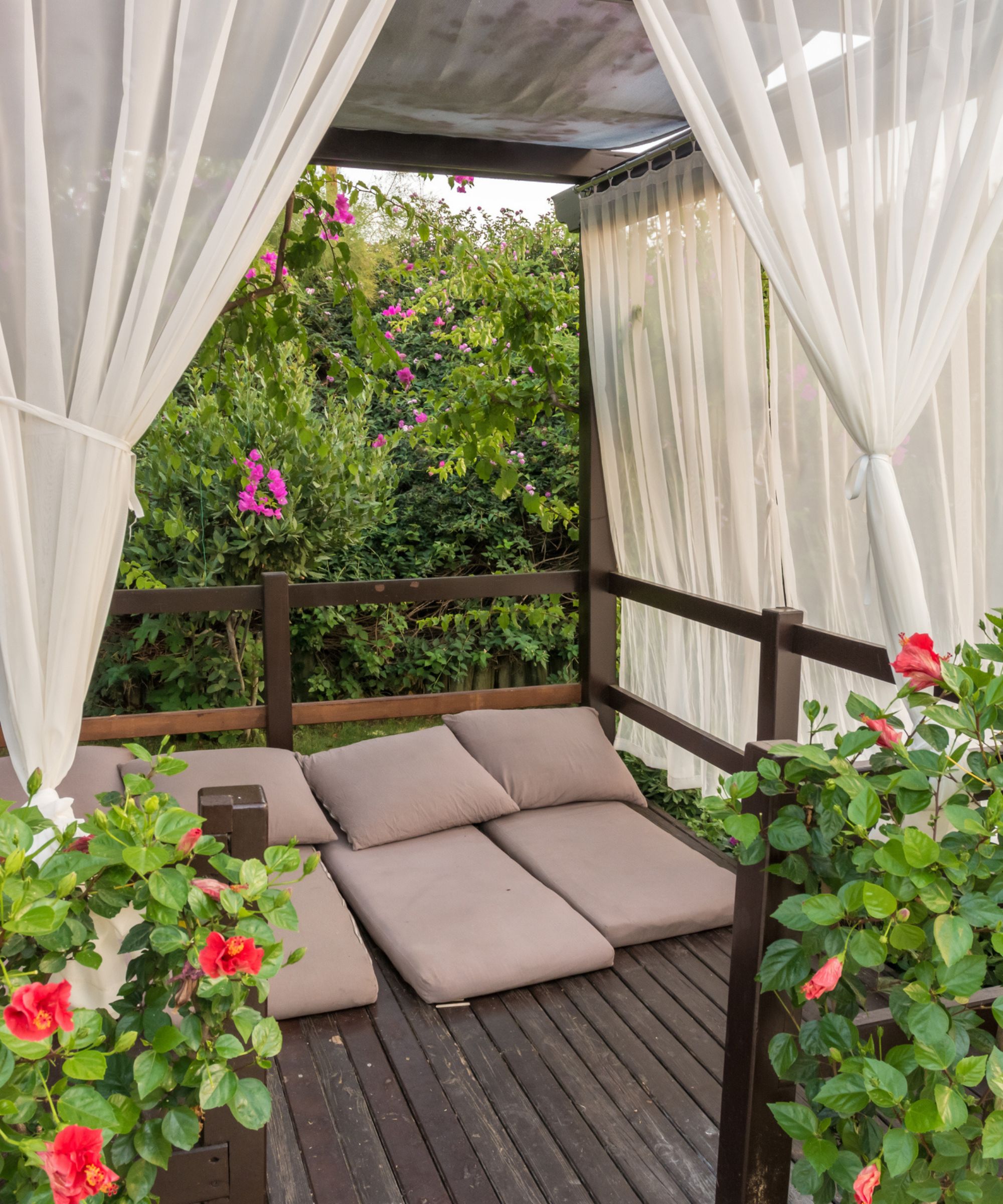
Simply working the ground will increase drainage, and if you're installing patio paving, this will help disperse water, too.
When designing your backyard landscape, it's important to remember your topsoil level shouldn't surpass the damp-proofing of your home, or other backyard buildings to avoid the risk of damp and mold indoors. Keep your topsoil, including the top of any gravel or pebbles at least six inches below your home.
If your land has water-logging issues, you may need to consider adding drains during your landscaping project to stop water pooling, leading to other issues including pest and damp problems.
8. Plan your plants
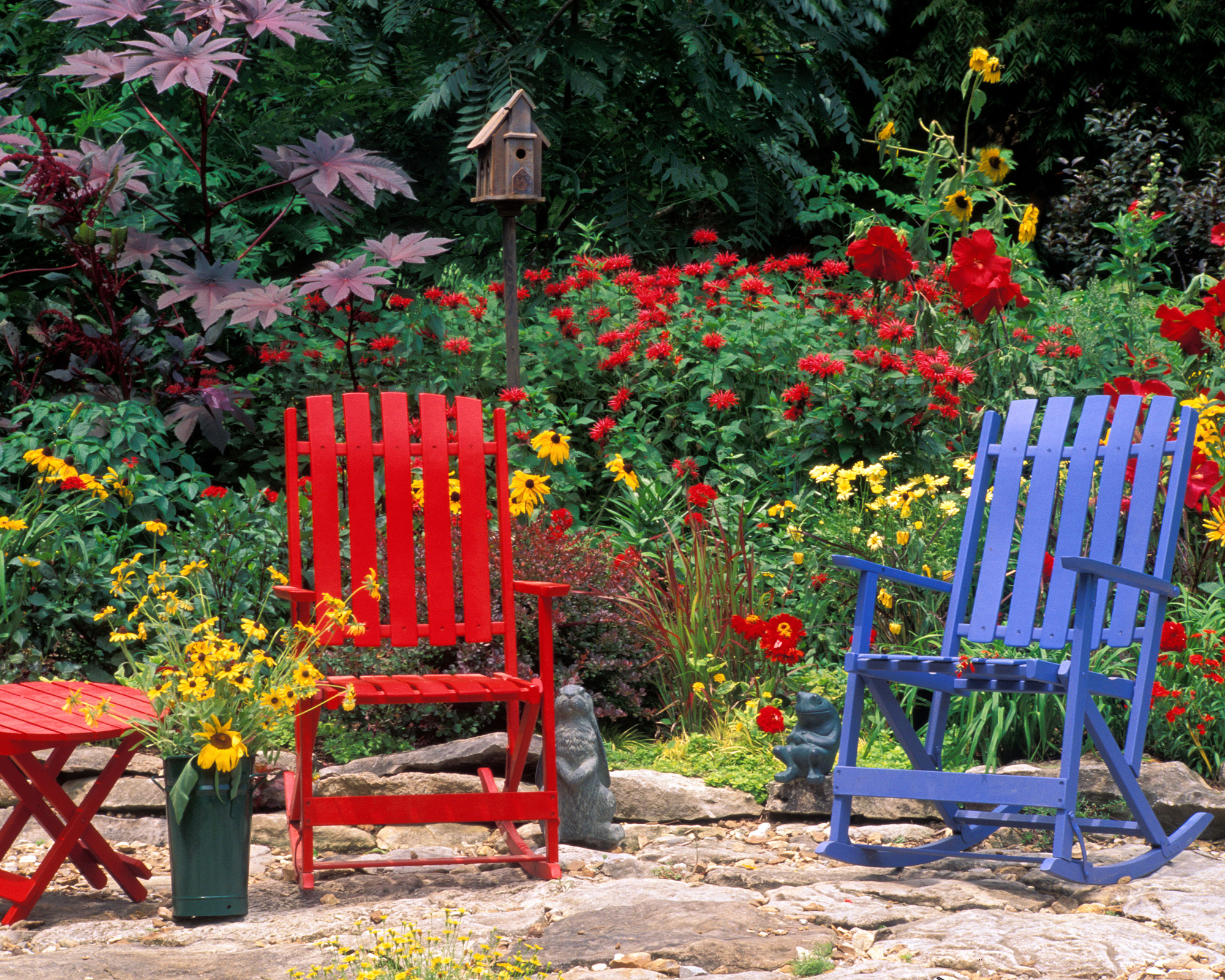
This is the fun part! Plants, trees and shrubbery should come next on your to-do list, ahead of adding any lawn areas.
The type of plants you choose, of course, depends on your taste, the climate and the overall feel that you want to create in your outdoor space, but it also depends on the type of soil you have and your garden's aspect. Generally, a mixture of trees, flowers and evergreen shrubs will work well, creating year-round interest, ideal for wildlife also.
From Moroccan backyard ideas, to whimsical backyard ideas, the inspiration is endless and there's a style to suit every taste.
9. Consider xeriscaping
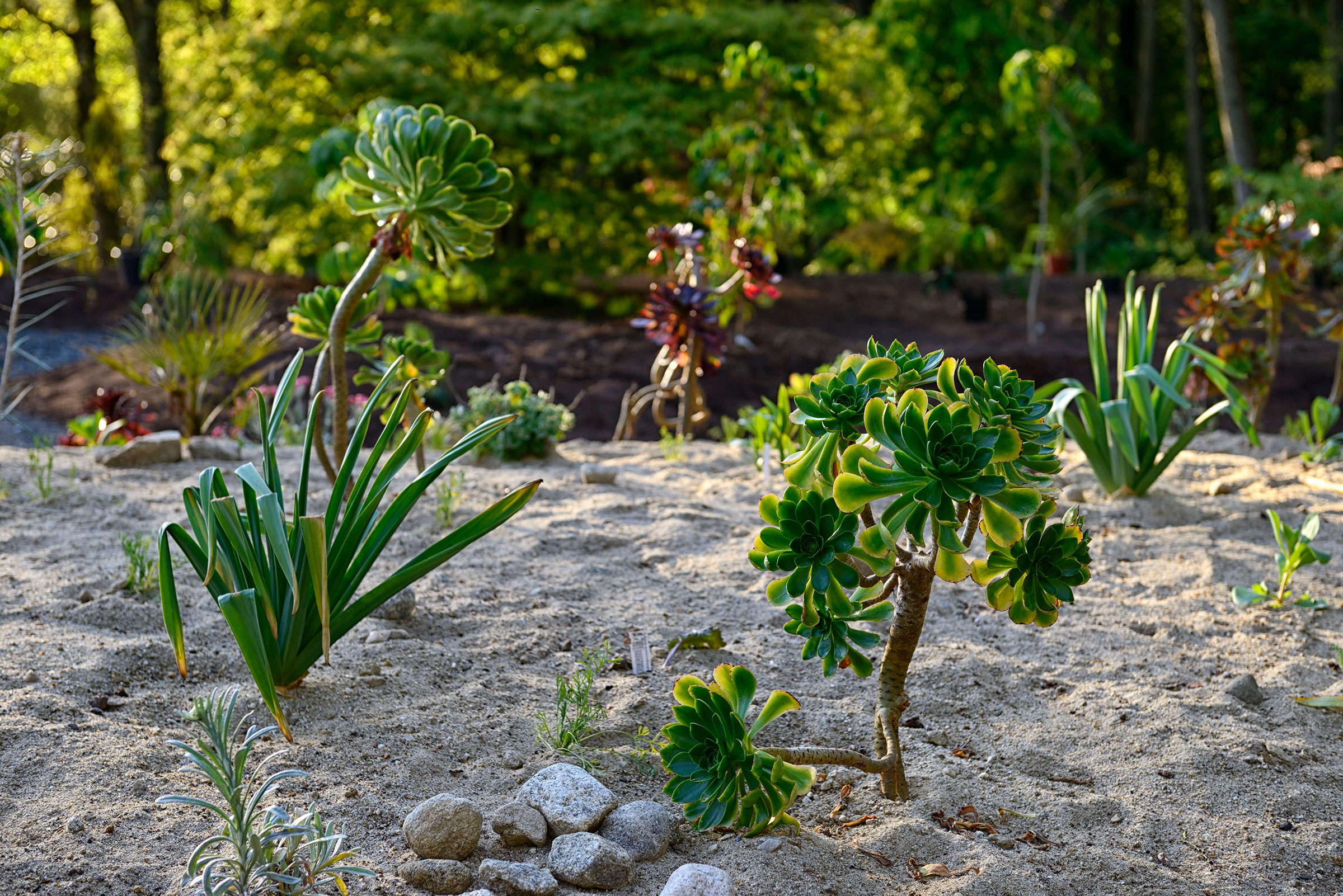
Working with your garden's aspect, soil type and climate is a must and if you live in a dryer climate or want to plant in a more low-maintenance and eco-friendly manner, you can look to incorporate xeriscaping into your landscaping for less irrigation and stunning results.
What's beautiful about this landscaping method is that you don't need a ton of plants to make a difference, and it's not reserved only for dry climates. If you don't want to go full xeriscaping, you can add water conservation features such as a rain chain, or water barrel to harvest rainwater, meaning you'll use your hose less.
10. Zone your backyard
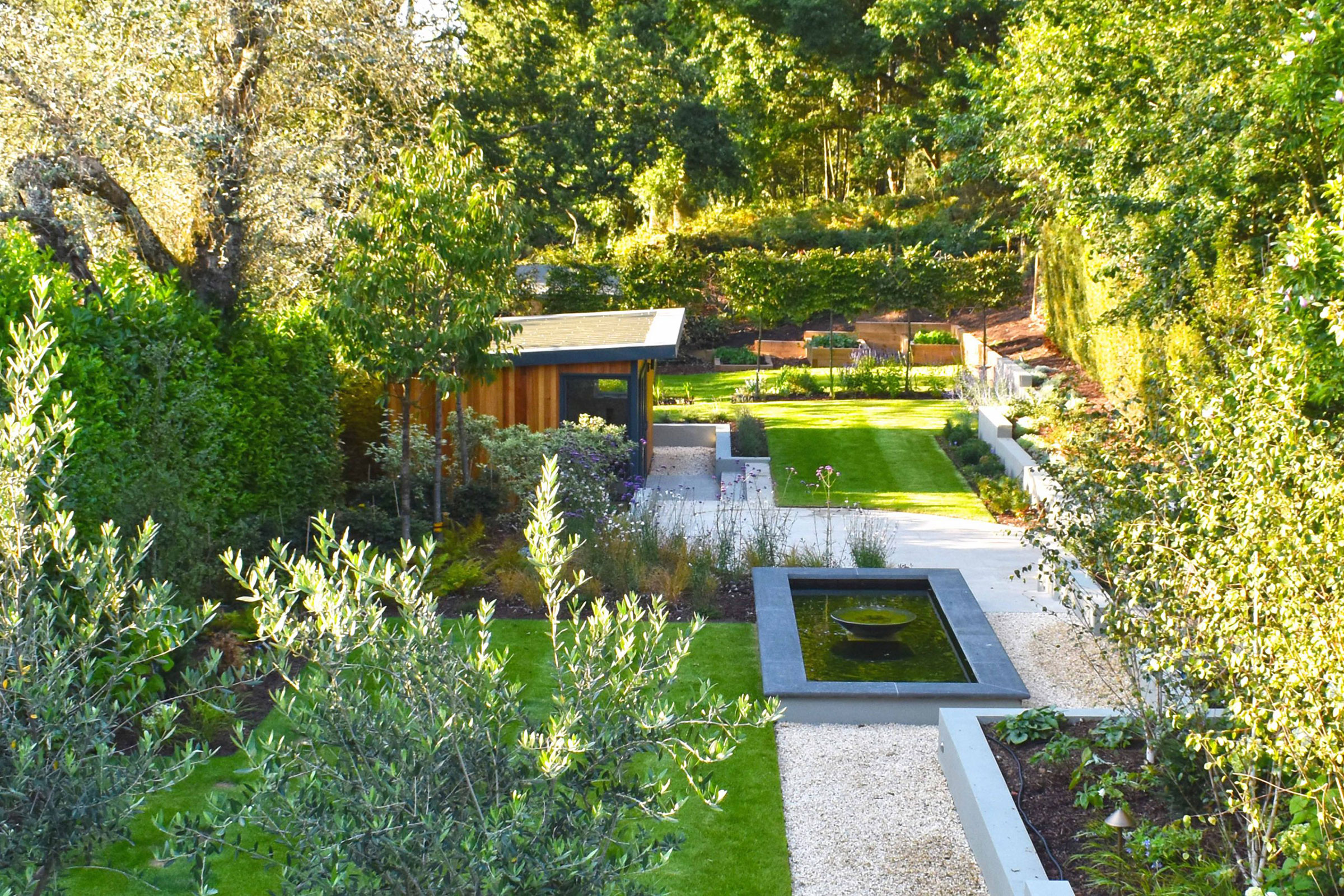
Defining different sections of your outdoor space not only looks pretty, but it's super functional, making use of every inch of your outdoor area, which, if you're living in a compact home, will be vital.
Landscaping a yard with this type of targeted zoning in mind will help create room for all the elements you wish to have, including for example, an outdoor kitchen, a vegetable plot, herb garden, DIY planters, family outdoor living space and more.
Zone your backyard like a professional by:
- Choosing different hard landscaping and floor surfaces: This will differentiate the dining, lounging and play areas. Stone is durable and washable for dining spaces, whilst decking is warm and welcoming for a lounge area. Bark or grass is perfect for play areas.
- Using different colors on fencing or walls: This will visually create separate areas. White is a good backdrop for lounging areas that you want to feel bright and sunny, deep greens are good for making play areas blend into the background, while deep shades, such as blue or aubergine make dining areas feel atmospheric during long summer evenings and is one of our favorite fence ideas.
- Letting planters do the talking: Plants can help define areas too, especially if you go for a strong color theme by area. So, if your lounging space has a white wall behind it and light-colored decking, choose white flowers. If your dining space has dark-colored decking and eggplant walls, go for deep purple plants. Of course, you can switch it up and have a color theme running across the different areas for visual cohesion and a sense of continuity.
- Employing architectural planting: A line of shapely box plants, set into a low wall, takes up very little space but creates a strong visual divide between the lounging and dining areas. You can also group tall, tropical-looking plants at the far end of a dining space to disguise a play area beyond. Consider growing a vertical garden.
- Not forgetting vertical spaces: Living walls, arbors, pergolas and trellis all provide somewhere to train flowering climbers for visual interest. Paint them to match your scheme. If you want your planting to do the talking, choose a neutral, natural paint shade for them, such as olive green or pale gray.
11. Consider privacy
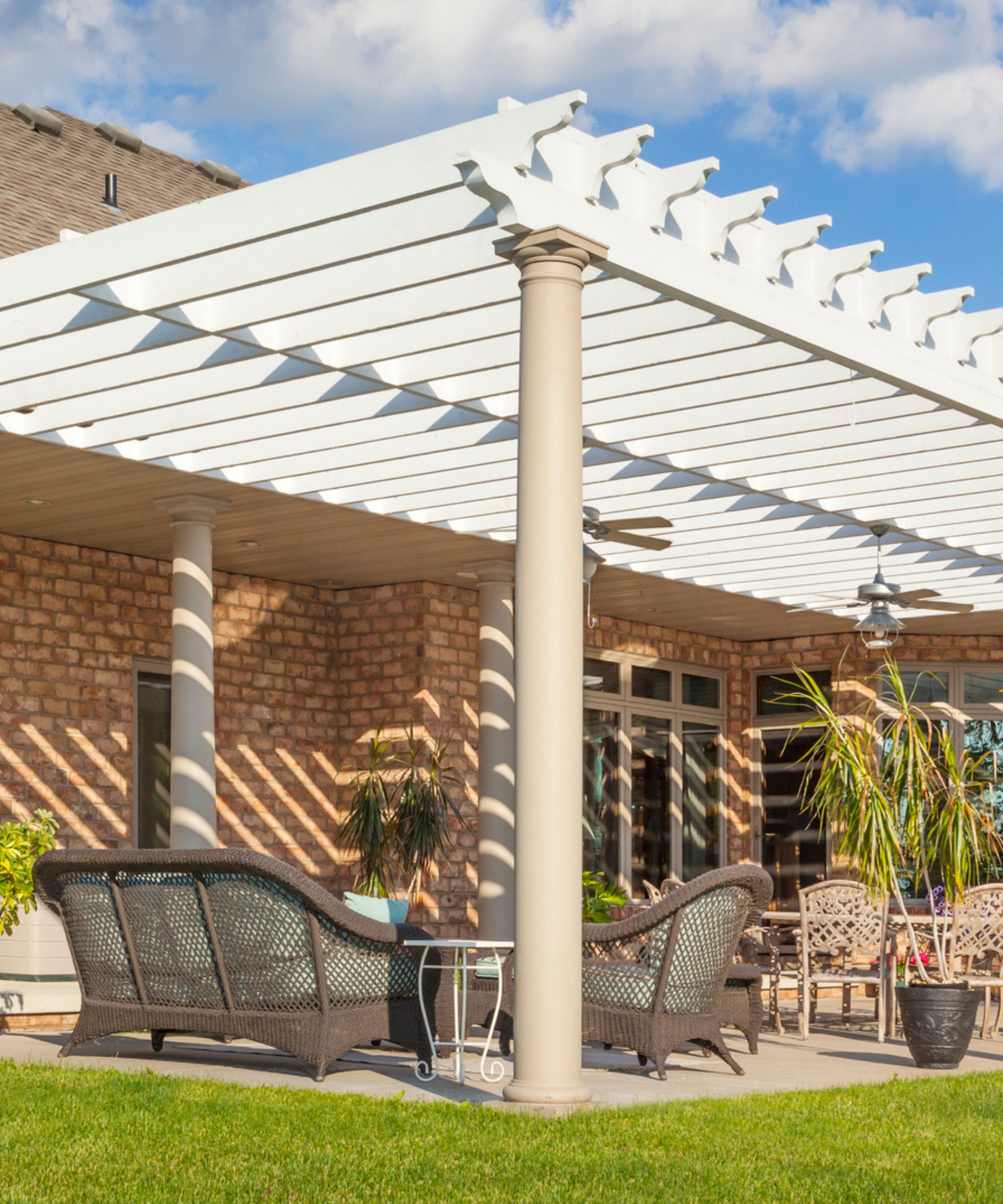
Is there anything worse than spotting a nosy neighbor catching an eyeful of you whilst you're busy pruning your rose bushes or firing up the BBQ? To avoid unwanted eyes on your backyard, landscape privacy features into your design.
Improve privacy in your backyard with trellis, DIY living walls, strategically planted trees, fast-growing shrubs, pergolas, divider screens and even outdoor curtains to create a more intimate and protected setting.
Getting creative with cheaper fence ideas, color pops and more can also enhance privacy and the beauty of your landscape.
Sarah Jameson of Green Building Elements says, "One effective way to spruce up your garden landscape is to add colors to your fence walls to elevate the overall look without having to purchase new outdoor decors.
"You can also make use of old tires for pots, use old wine bottles as chimes and hang them on tree branches or fences to add visuals. If you have a little more to spend, head to junk shops to find vintage items that you can use as decor on your patio."
Using these decorative features around your privacy structures, and across your backyard will create cohesion and help them blend in, rather than stand out like a sore thumb.
12. Dress your landscape
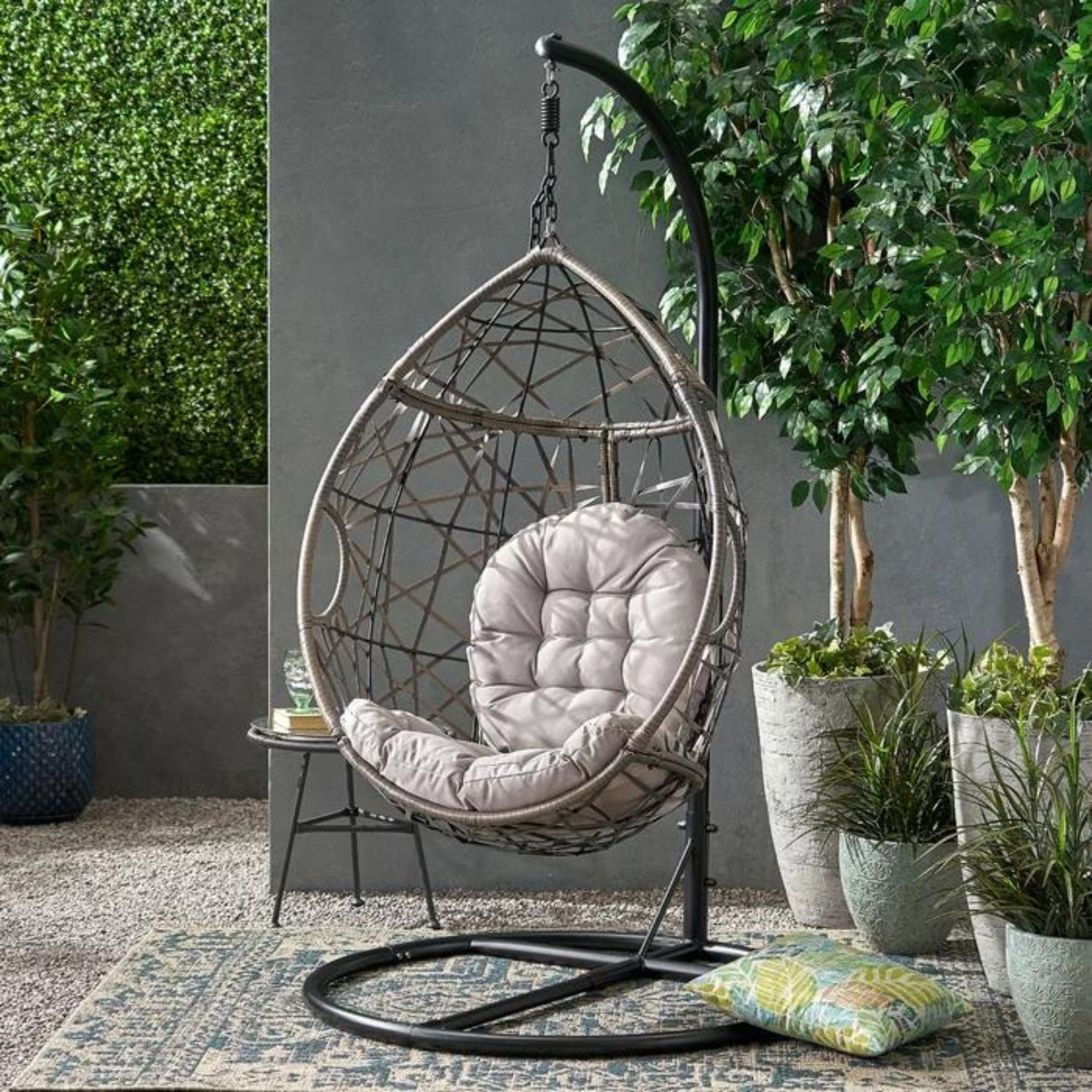
This step of your design will be when you finalize water features, ponds, pools, raised beds for planting and more.
Once those final features are situated, you can lay turf, opt for no-mow grasses, plant ornamental grasses or plant a wild-garden.
13. Neaten up your borders
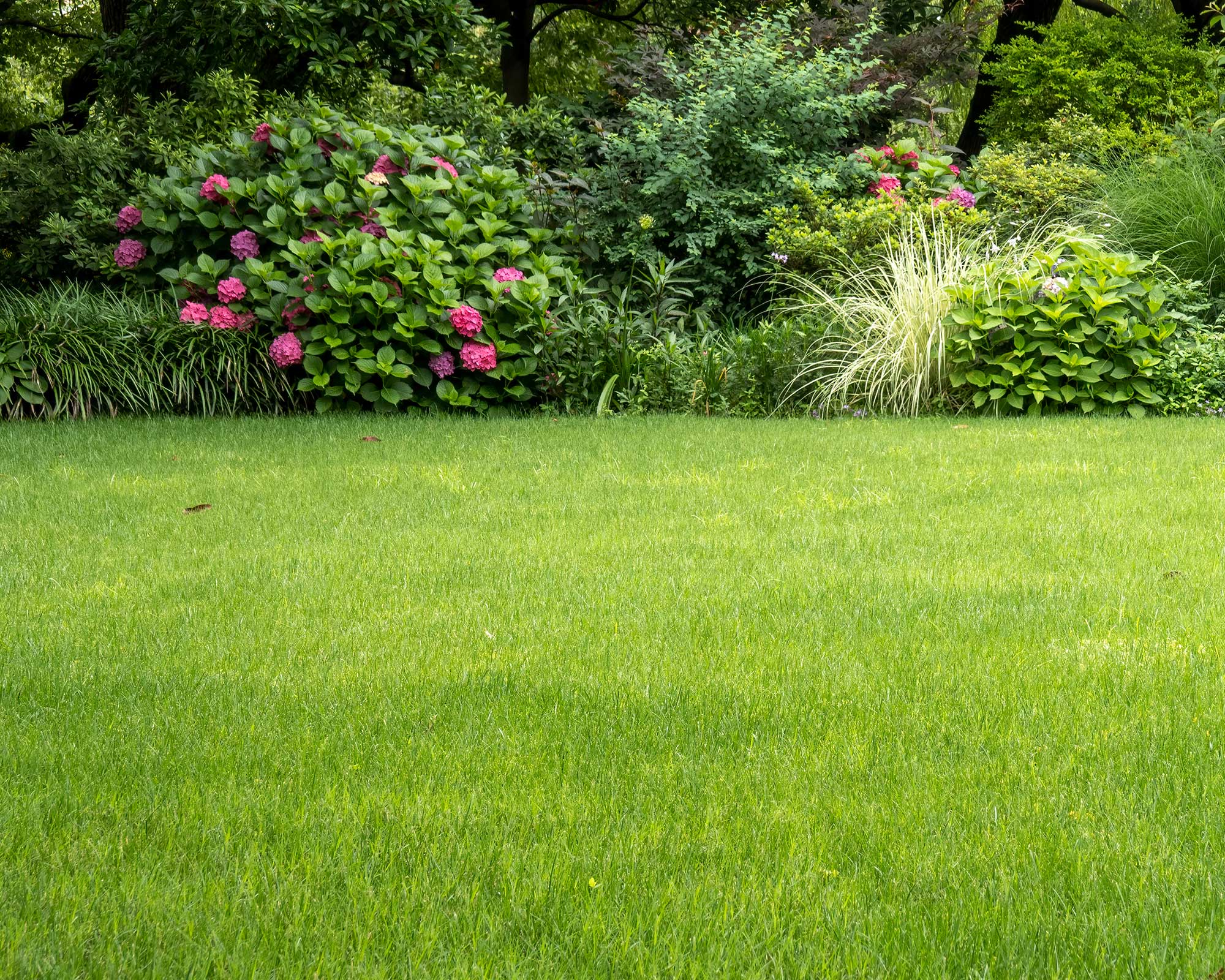
Once your grass has established (don't make a mowing mistake and rip your new grass out by trimming too soon), mow it to your desired shape and make a start on your lawn edges and get creative with backyard border ideas.
Now you're on your way to backyard landscaping beauty, consider learning how to attract hummingbirds to your yard for a magical, natural touch you'll enjoy all summer long.







